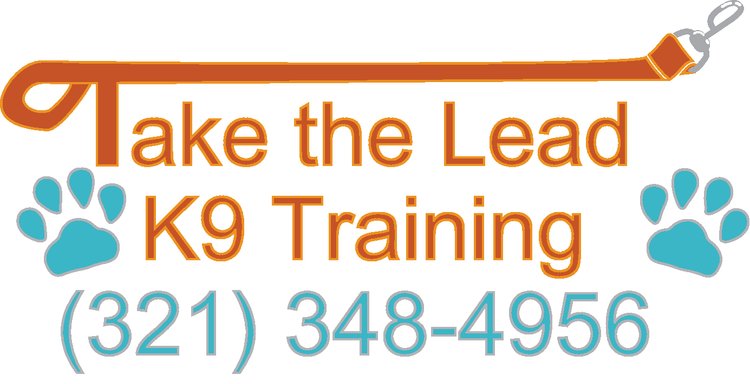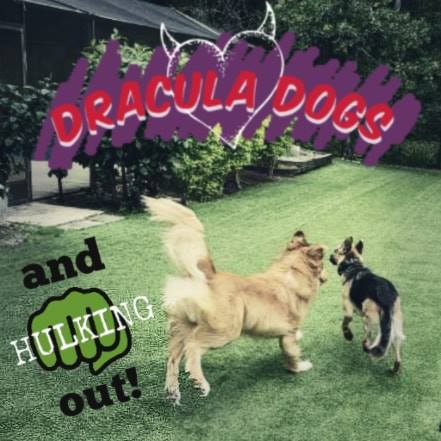Is it Purely Positive Training when the solution is Euthanasia?
Positive reinforcement is awesome - it should be an important part of ANY training or teaching approach! However, is that the whole conversation? Should we really just reward the good and ignore the bad?
And when that doesn't work, does that mean there is no hope? Does it mean that no matter how hard you try, if purely positive training can't resolve the problem, that's it?
Does that mean a life of being put in the back yard or a crate for a rowdy dog?
Does that mean having to re-home or get rid of your dog?
Does that mean euthanasia is the only other option?
OR can we have a conversation about having a conversation with our dogs that lets us not only tell them what we like, but also address and correct what we don't, or let our dog know that something is inappropriate?
What if rewarding the sit still doesn't stop the jumping? What if ignoring the bouncy and turning your back only gets you scratched up even more?
What if rewarding the quiet still doesn't stop the barking?
What if rewarding your dog under threshold is hard, because your dog is rarely ever under threshold in every day life?
What if no matter how tasty the treat is, the thing that your dog is chasing is more rewarding and of value to them than what you have when you say "come"?
What if the instructions to "stop walking when your dog pulls" mean you can't get anywhere or much exercise for your dog because they continue to pull, over and over, anyway?
What if someone told you to put down your dog, because a methodology of "never say no" said your dog was too far gone?
If you're trying so hard with your dog in one style of training - if you're frustrated - if you're scared - if you're ready to give up - please know there are other methods, techniques, tools, and approaches out there.
I believe that NO ONE gets a dog with the intention to become frustrated, discouraged, and defeated when the training style they are dedicating themselves to isn't working. No one who loves their dog and has dedicated so much time, effort, emotion, and heart wants to give them up or (worst case scenario) put them down...but when folks are told that they have no other options or a different training style is going to "make things worse or ruin their dog" folks feel like they have no hope.
Positive reinforcement is amazing and should be part of every training program - but it's only part of the conversation. There's 4 quadrants of learning - let's use them all!
Crosby, the border collie mix, is one year old and was told to be euthanized by a trainer that implemented strictly positive reinforcement and, like many, discouraged any type of correction or training tools.
With a balanced training approach this guy is learning how to be a dog again: https://m.facebook.com/story.php?story_fbid=2111675182234549&id=334437879958297








